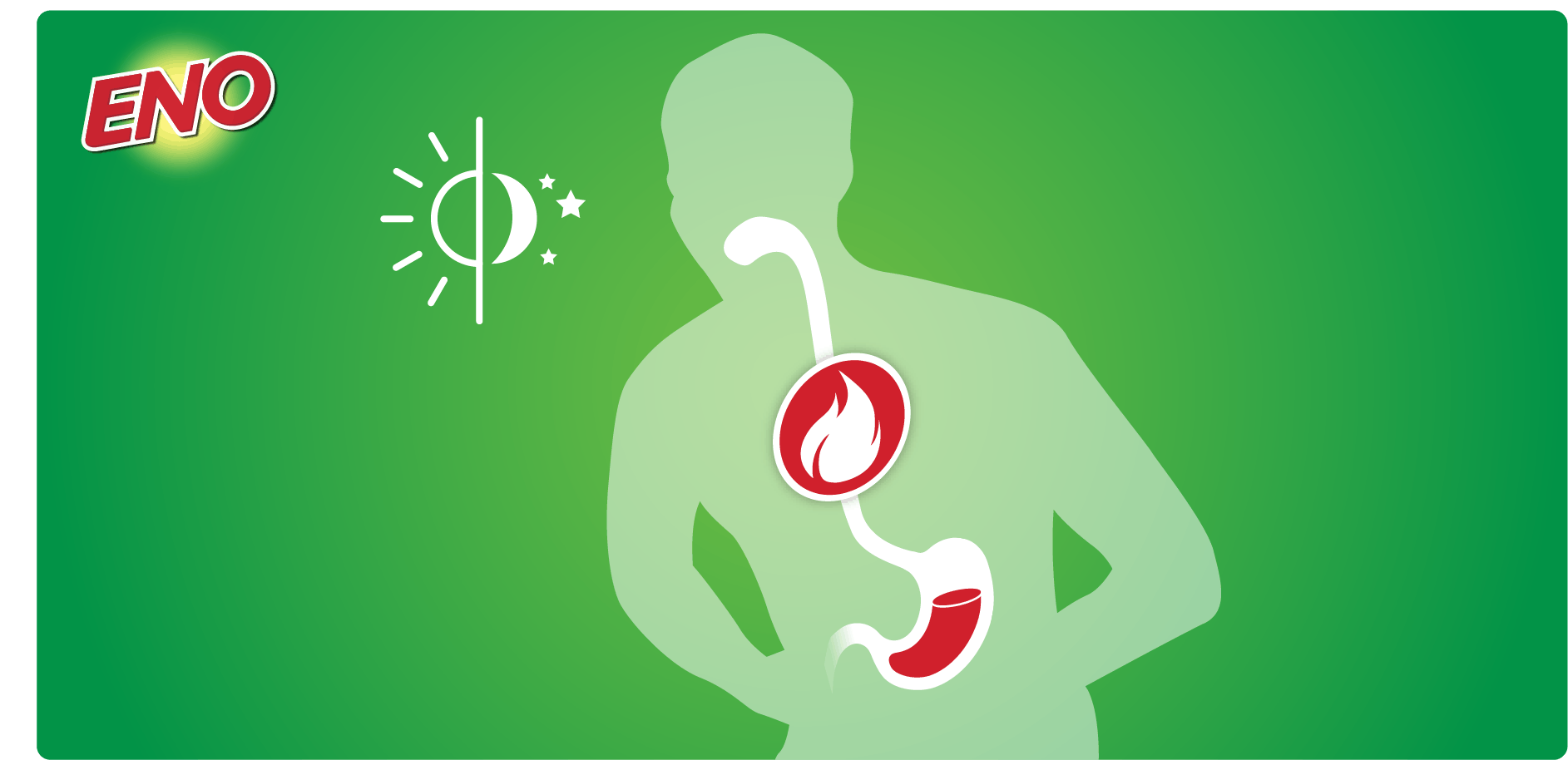Regular Acidity Can Be A Constant Worry
Many people get a little bit of heartburn or acid reflux from time to time, but if you get these acidity problems quite regularly, you can find yourself constantly wondering when they’ll strike next. Read on to see how you can get on top of acidity and rediscover your joy of life.
If you often get symptoms – perhaps once or twice a week – it can feel like you have constant acidity. You might find it hard to enjoy meals without worrying about having acidity afterwards, or you may be tired from having your sleep disrupted by acidity at night.
Even though regular acidity can have a big impact on your everyday life, it’s good to know that it’s rarely a sign of anything serious and it can usually be managed effectively.1 It’s still worth seeing your doctor for a thorough check-up, though, just to be sure.
What Is ‘Regular Acidity’ And What Are
The Symptoms?
Normally, acidity problems tend to come and go – they may bother you every now and then, or for a few days, and then go away for a few weeks or even months. But some people have symptoms more regularly over a prolonged period.
The most common symptom of an acidity problem is heartburn, which is usually described as a burning sensation in the centre of the chest.2,3 This sensation sometimes spreads to the throat, and there may also be a sour, bitter taste in the throat caused by acid reflux or regurgitation.2,3

The types and severity of the symptoms may vary from day to day and even over the course of the day. Often people will have acidity or heartburn at night, and others may mostly get it after meals.
Some people with regular acidity have pain in the stomach area below the chest. This could be a sign of a stomach ulcer, which can be serious if left untreated. If you have persistent, sharp stomach pain, you should see your doctor as soon as possible.
What Causes Regular Acidity?
In many cases, people who suffer from acidity problems have a weakness in what’s called the ‘lower esophogeal sphincter’(LES).1 The LES is a ring of muscle at the entrance to the stomach that keeps the stomach contents, including stomach acid, from escaping back up the esophagus.
Usually any weakness in the LES is temporary, but people who are troubled by regular acidity may have a persistent weakness. There are also many different things that can trigger acidity symptoms:2,3
How To Control Regular Acidity
After looking at the list of things that can trigger acidity symptoms, you might think life is going to be very dull if you have to avoid them all. But that’s really not the case!
You can still enjoy many different foods and drinks – it’s just a matter of making a few adjustments to your lifestyle.1–3 Here are some things to try:
What Else Can Help Acidity?
Antacids, like Eno, are generally good to try before other treatments because they’re readily available from pharmacies and usually work fast.
You should see your doctor if an antacid isn’t enough to control your symptoms or if your symptoms worry you. Your doctor may prescribe other medications or do some tests.
Where To Find Out More
There’s no doubt that regular acidity can have a big impact on your everyday life.
Hopefully we’ve been able to help you get on top of your symptoms. If you’d like to know more about how an antacid like ENO could help, take a look here.
Please remember to see your doctor if you have particularly severe or persistent symptoms.












